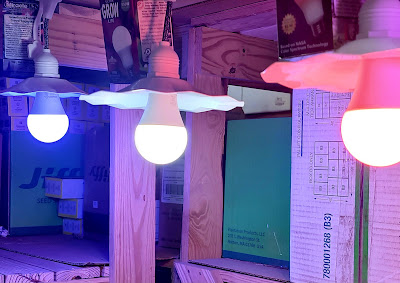Houseplants bring color and life to our homes year-round and in the winter when the house is shuttered against the elements, they take on added importance by reducing stress and helping purify the air. Houseplants with variegated foliage feature varied or multicolor leaves, are a great choice for adding more unique textures and color to your houseplant collection.
With many varieties to choose from, it’s important to know how to take care of house plants in the winter, to get the best from them. With a few exceptions, houseplants with variegated foliage are going to need bright, indirect light to maintain their variegation.
They like humid conditions. Grouping plants together will help raise the humidity, as will placing your plants on a pebble tray. Misting on a regular basis also helps raise humidity.
Consistent watering is important. If you’re not sure your plants need water, buy a water meter. It’ll help you decide if it’s time to water. It’s also beneficial if the water in your watering can is room temperature, so prepare it the night before you plan to water.
Houseplants need nutrients on a regular basis. Fertilize every two weeks with a houseplant fertilizer, 20-20-20 or 15-30-15.
Aglaonema an excellent choice for beginners as well as experienced plant owners. Aglaonema prefers bright to medium indirect light. It can adapt to low light, but the coloration may fade. If it does, move the plant to a brighter location with indirect light.
Calathea needs bright, indirect light. Insufficient light will result in slow growth. “Stella”
Dracaena also known as Corn Palm, prefers medium to bright, indirect light to maintain leaf variegation. Leaves with less variegation, slow growth, and small new leaves indicate it is not getting enough light.
“White Aspen”
“Lemon-Lime”
“JT Stardust”
Fiscus is sometimes called a variegated rubber plant. They are low maintenance plants that thrive in bright indirect light and a consistent watering schedule.
“Tineke”
Peperomia does well in low light as well as bright, indirect light. A nice ceramic pot helps highlight the color in the leaves.
Pothos, another nice plant for low light conditions.
Philodendron is a great plant for beginners, and it can handle low to bright light “Brazil”
These are just a few of the many varieties to choose from, all of which will add character and color to your indoor garden.






















